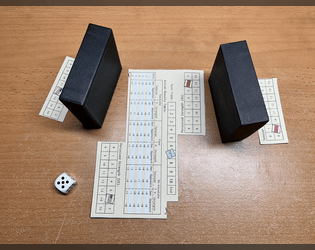I've played the game now three times. The allies have lost every one of them, but very closely! One or more rounds more and they would have got it.
I've played all solo by the way.
I really like the victory condition. It gives enormous pressure to the allies, and you can really feel that the window is closing. You race to it. But the harder you push, the faster it closes.
Question: If I'm retreating a unit in an already fully stacked area, is the stacking limit enforced immediately? Or does the defender have their own turn to redeploy?
Great submission!


